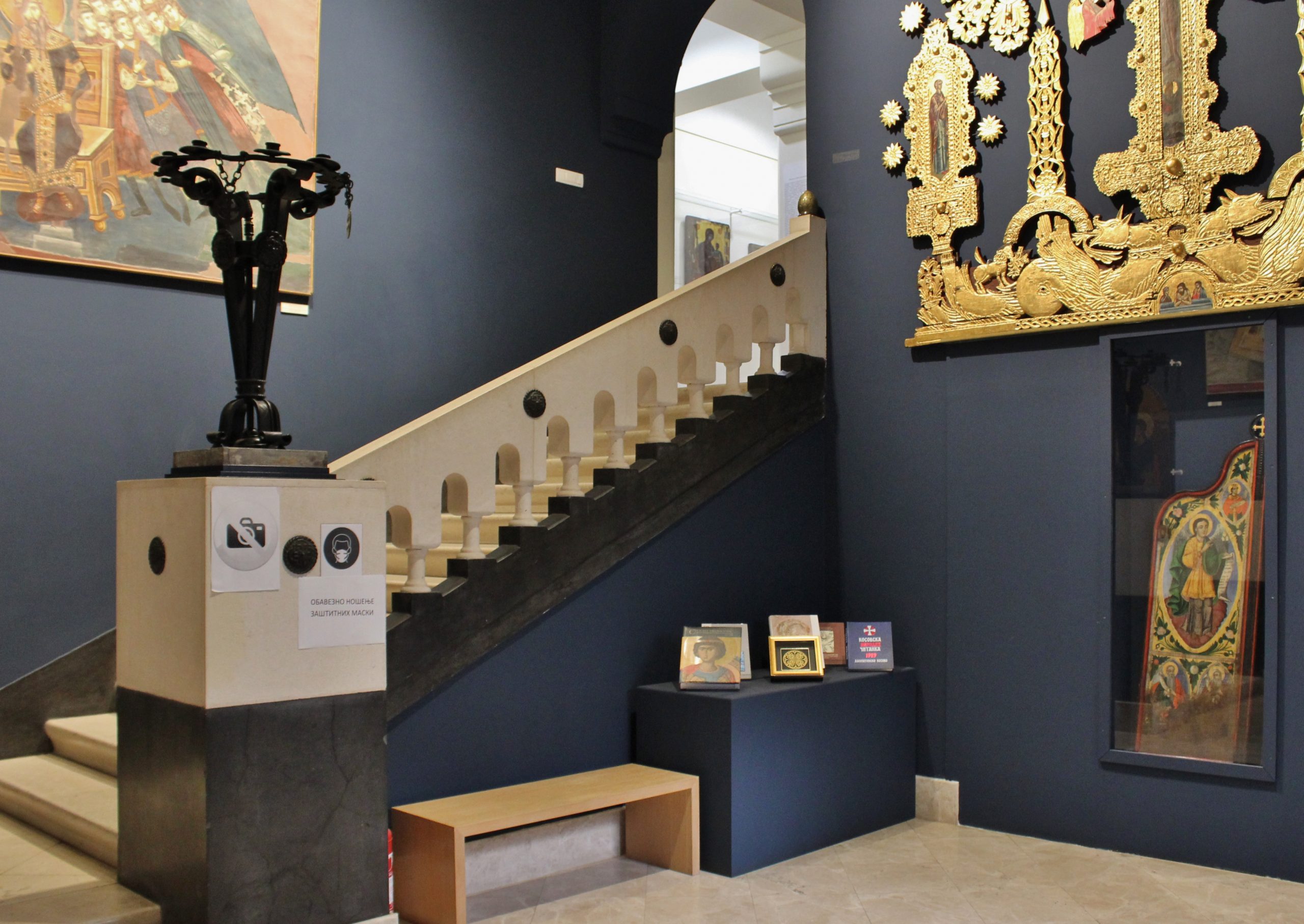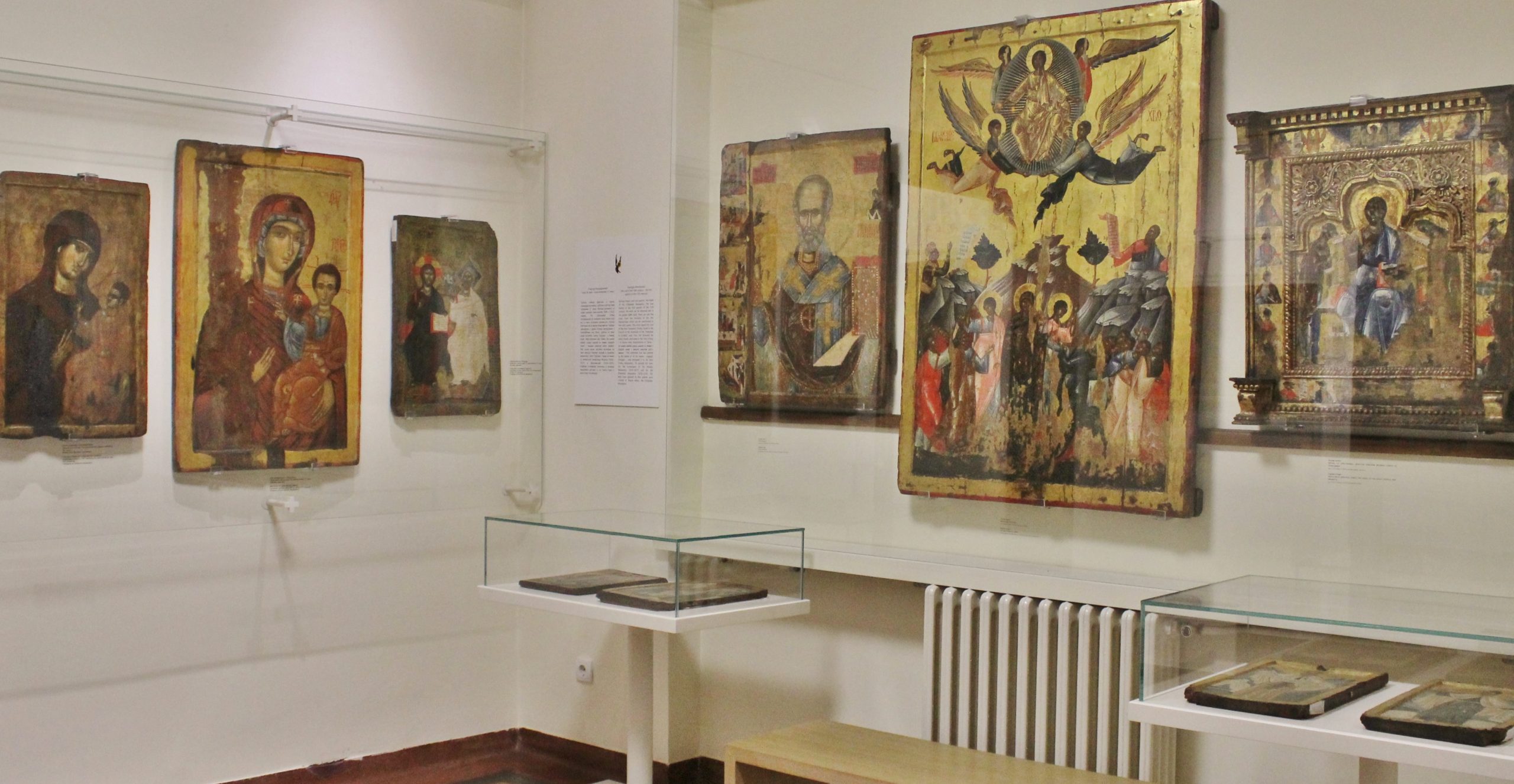WHERE IS IT?
The Museum of the Serbian Orthodox Church is located at 6 Kneza Sime Markovića Street in the Patriarchate building, across from the Cathedral. The working hours of the museum are from Monday to Friday from 9 am to 4 pm. There is no entrance for the disabled persons.
THE HISTORY
The first initiatives for the establishment of the museum were launched in the middle of the 19th century. In 1937, the Museum of the Serbian Orthodox Church was founded in the Residence of Princess Ljubica. During the Second World War, the museum was not open to the public. After the end of the war, the museum's collection was moved from the Residence of Princess Ljubica to the Patriarchate building, where on June 14, 1954, the museum was finally opened to the public.
After the Second World War, the Serbian Orthodox Church searched for and retrieved stolen valuables and art objects from Zagreb, which were confiscated from the area under the occupation of the Independent State of Croatia during the war. In 1946, the stolen inventories of 11 wagons were returned to Serbian Orthodox Church. Some of those objects were returned to the monasteries from which it was abducted, and the other part became the inventory of the Museum of the Serbian Orthodox Church.
After the reconstruction in 2013, the Museum of the Serbian Orthodox Church was opened to the public in a new look.


INTERIOR
The museum is entered through the closed loggia, which houses replicas of medieval works of art: frescoes of the Nemanjic dynasty members and sculptures from Banjska Monastery.
The interior of the museum consists of an entrance hall and five rooms. In the entrance hall there are replicas of medieval frescoes and relief decorations from Serbian medieval monasteries. Especcially valuable is the icon of Christ Pantocrator, which dates from the 15th century, painted on an intense red background. The rooms exibit art objects : icons, church textiles, metal liturgical items, manuscripts and printed books, portraits, graphics, and other objects.
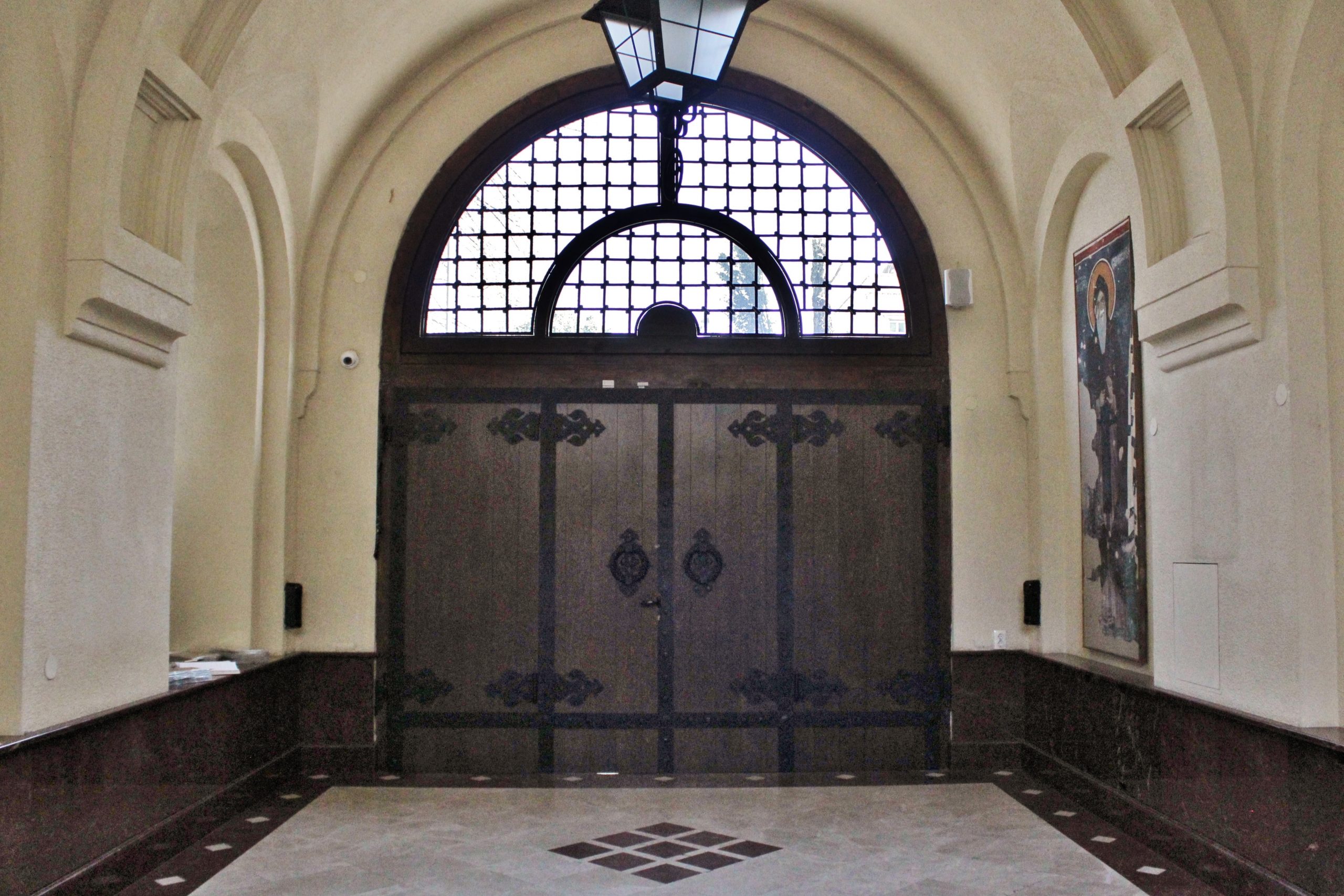
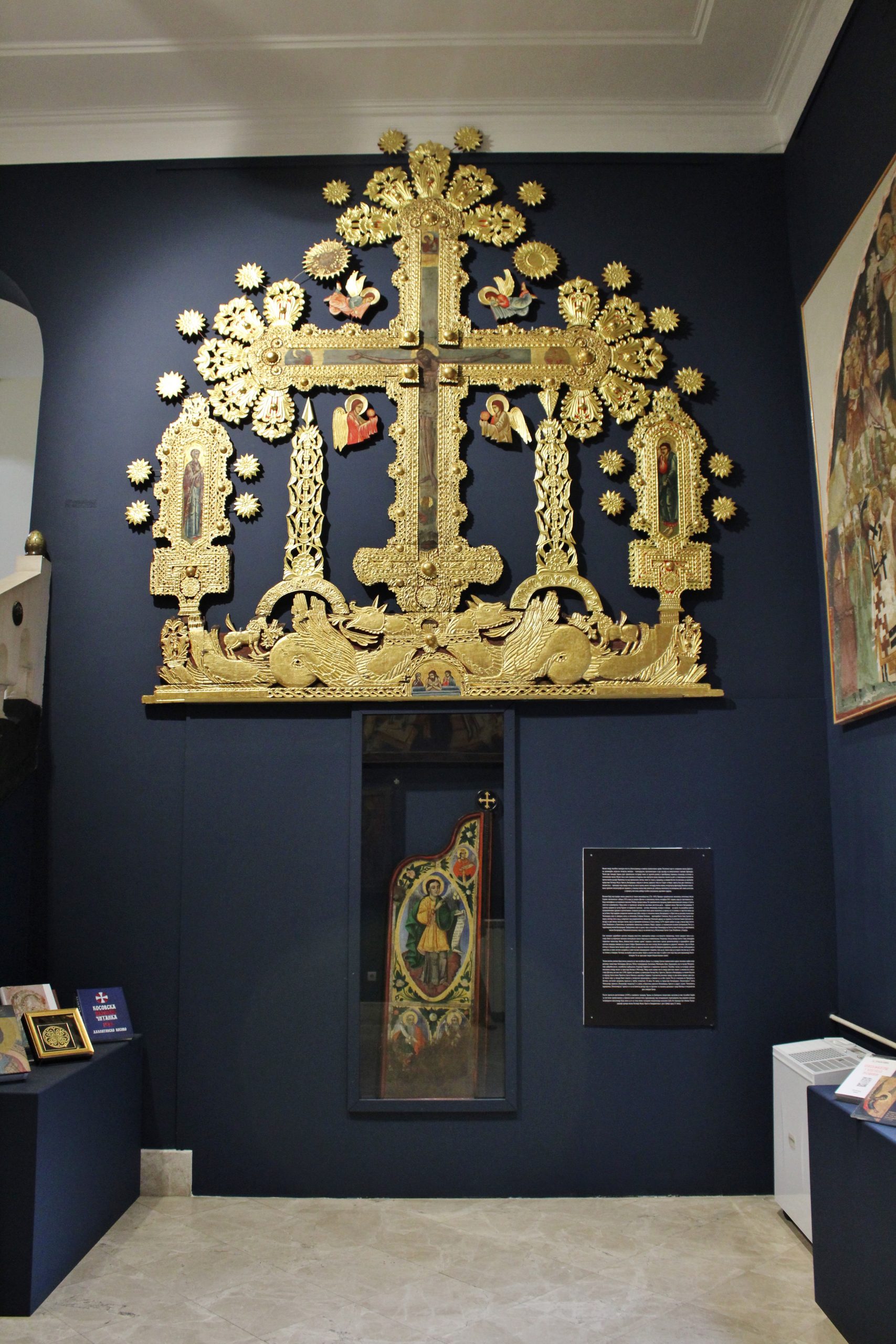

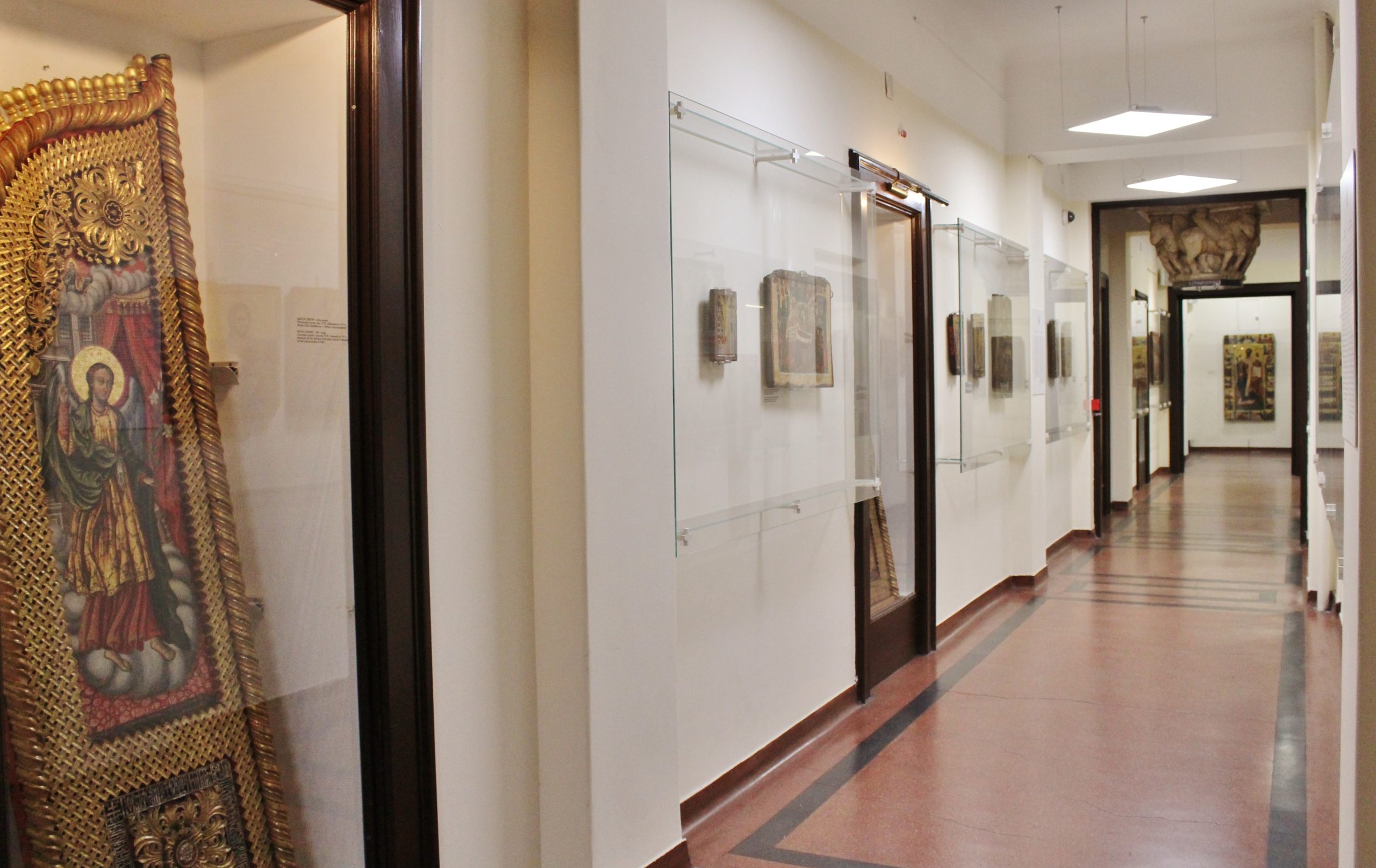
COLLECTIONS
The collection of icons dates from the period from 15-19. century. They are the works of Serbian, Russian Greek painters or unknown masters. The collection is completed by parts of the iconostasis of the so-called royal door from the Jazak monastery, and a remarkable monumental cross depicting the crucifixion of Christ, which was part of the iconostasis of the monastery of Velika Remeta in Fruška Gora.
Among 50 Russian icons, the Mother of God of Tikhvin in a richly decorated metal frame stands out in its size and appearance. It dates from the 17th century and is the work of unknown masters.
The collection of metal objects consists of artworks from the early Christian, Byzantine, medieval and modern ages . There are various decorative and worship objects, among which stand out the arks for the saints relicts, goblets, and the seal of Prince Lazar.
Collection of textile art objects is particularly rich. In addition to lavish priest uniforms, the museum keeps: the shroud of King Milutin (liturgical textile item), the uniform of Prince Lazar, and the embroidered text of the nun Jefimija Praise to Prince Lazar.
Written documents form an important part of the collection because, in addition to numerous written charters, one can find: the Charter of Emperor Dušan to the Hilandar Monastery, and the Privileges of Emperor Leopold issued to Serbs in 1690.
The collection is complemented by numerous valuable prints from the 17th and 18th centuries, works by leading Serbian painters, portraits of high priests and valuable manuscripts.
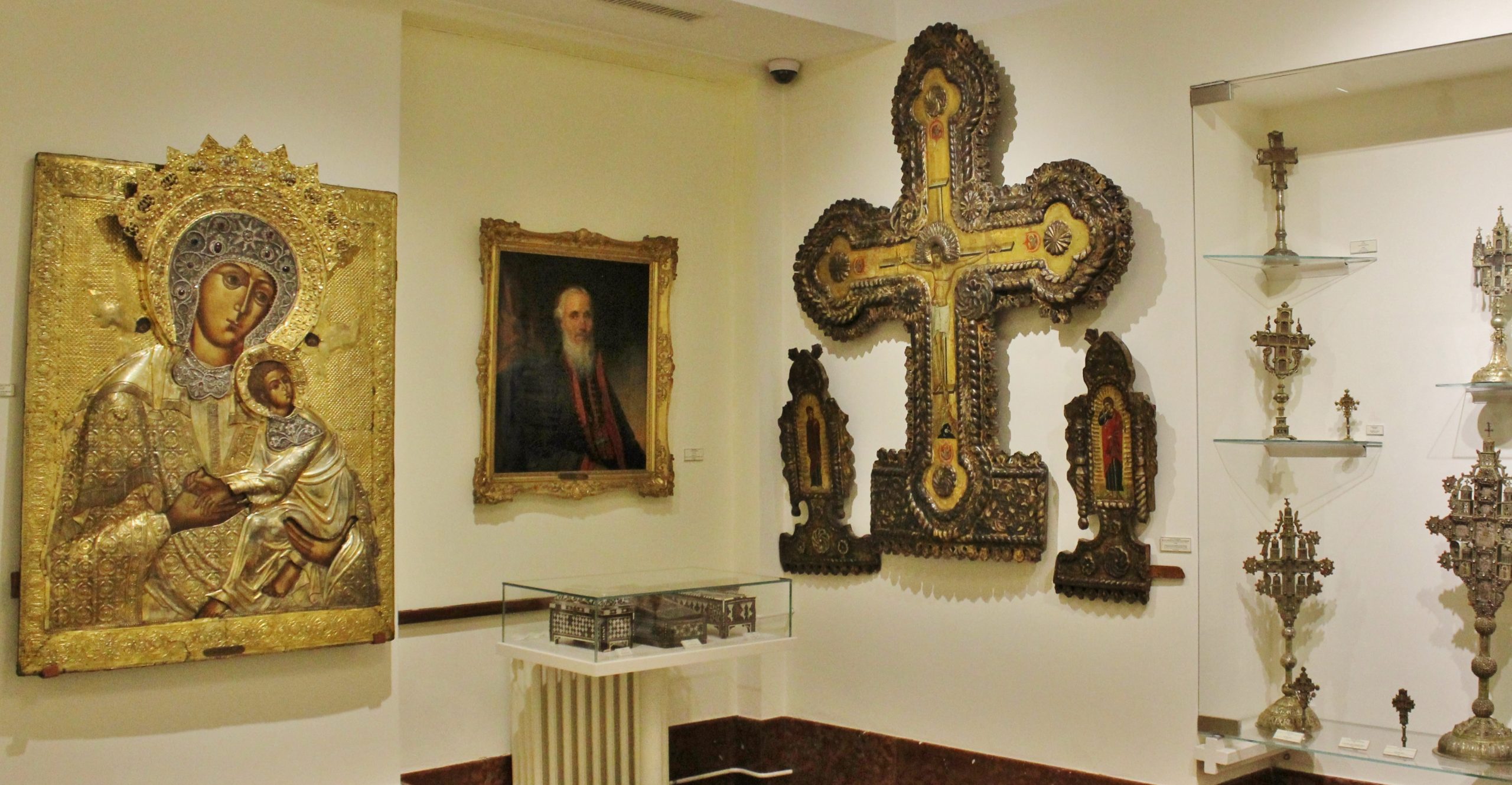
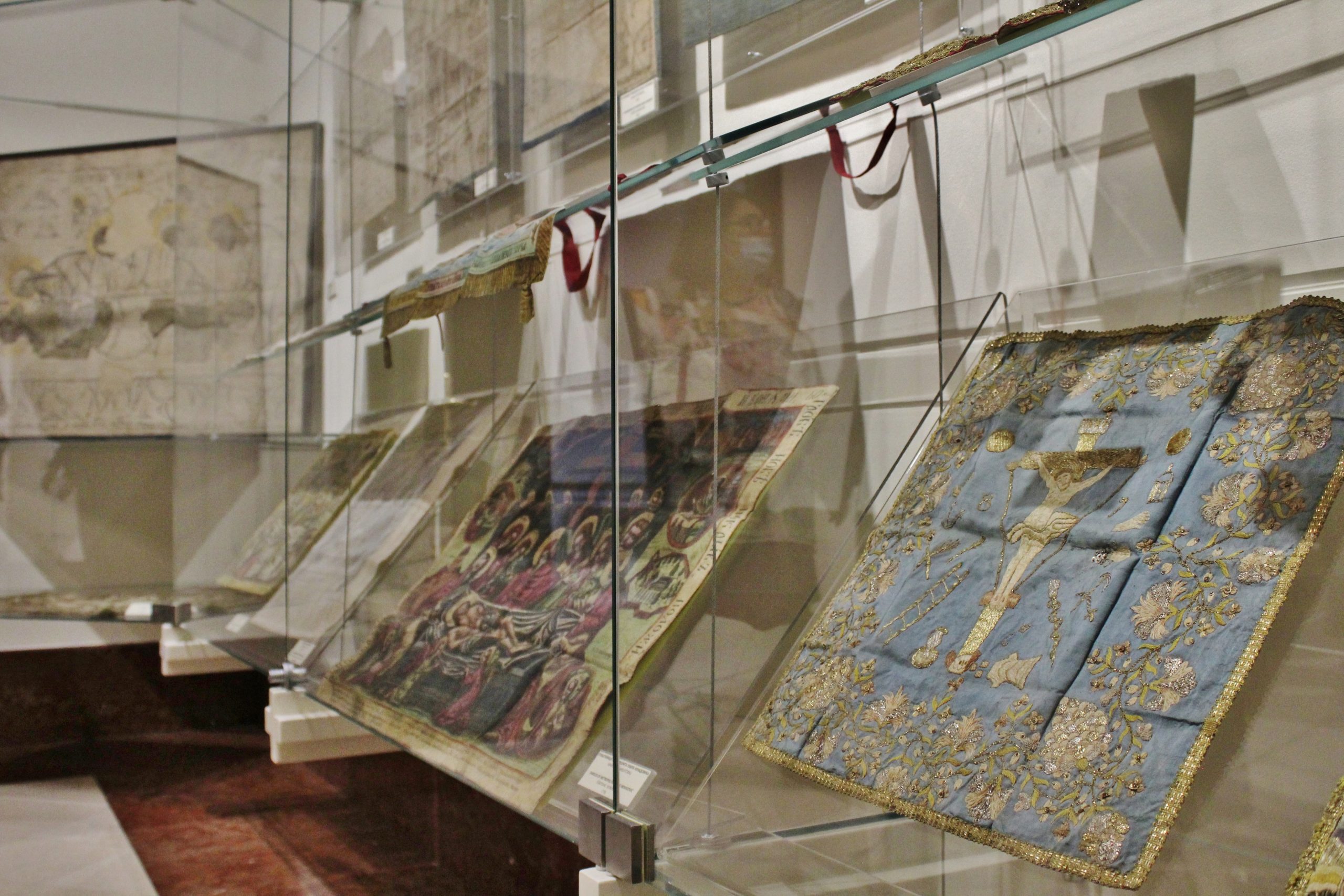
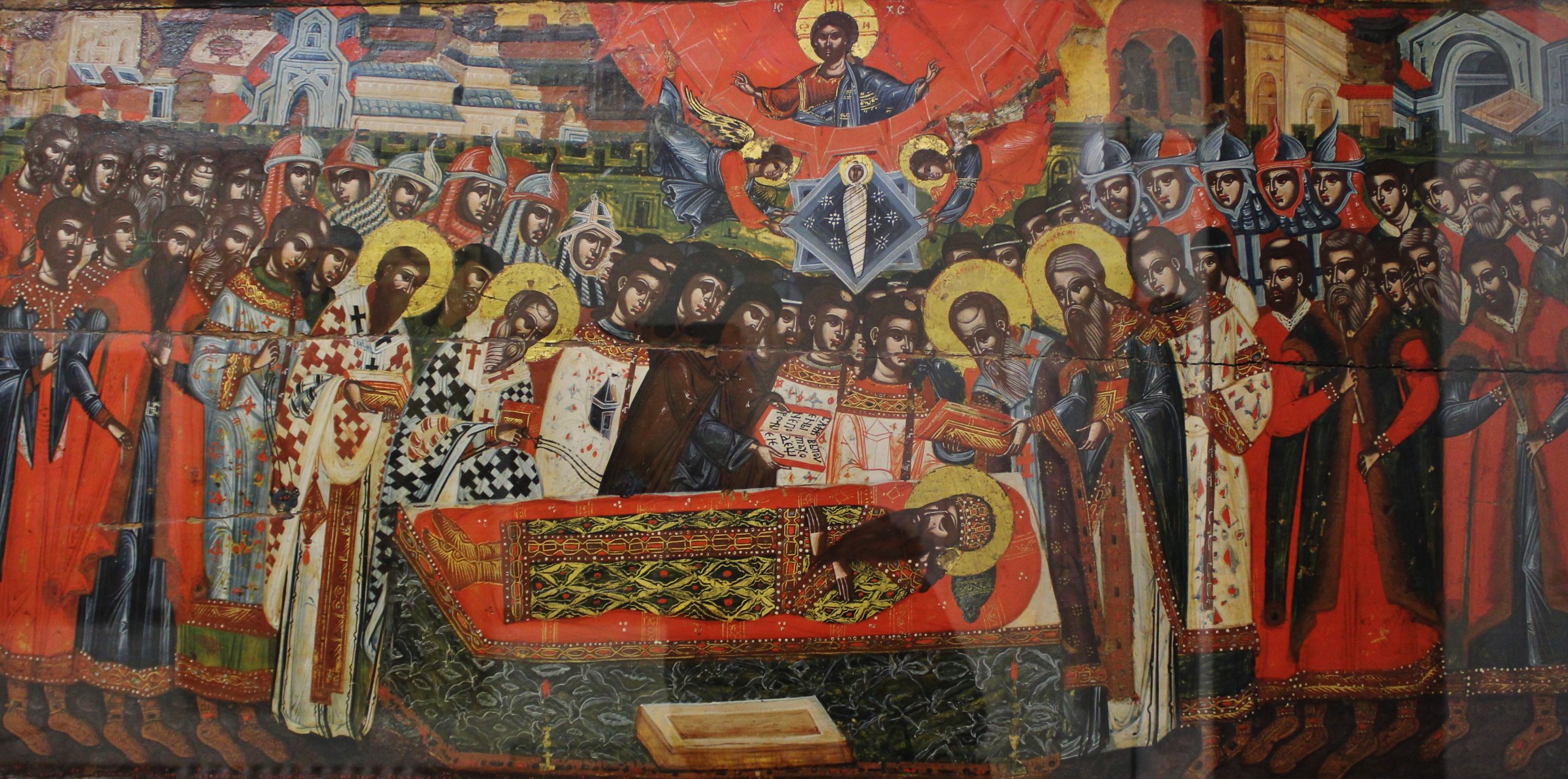
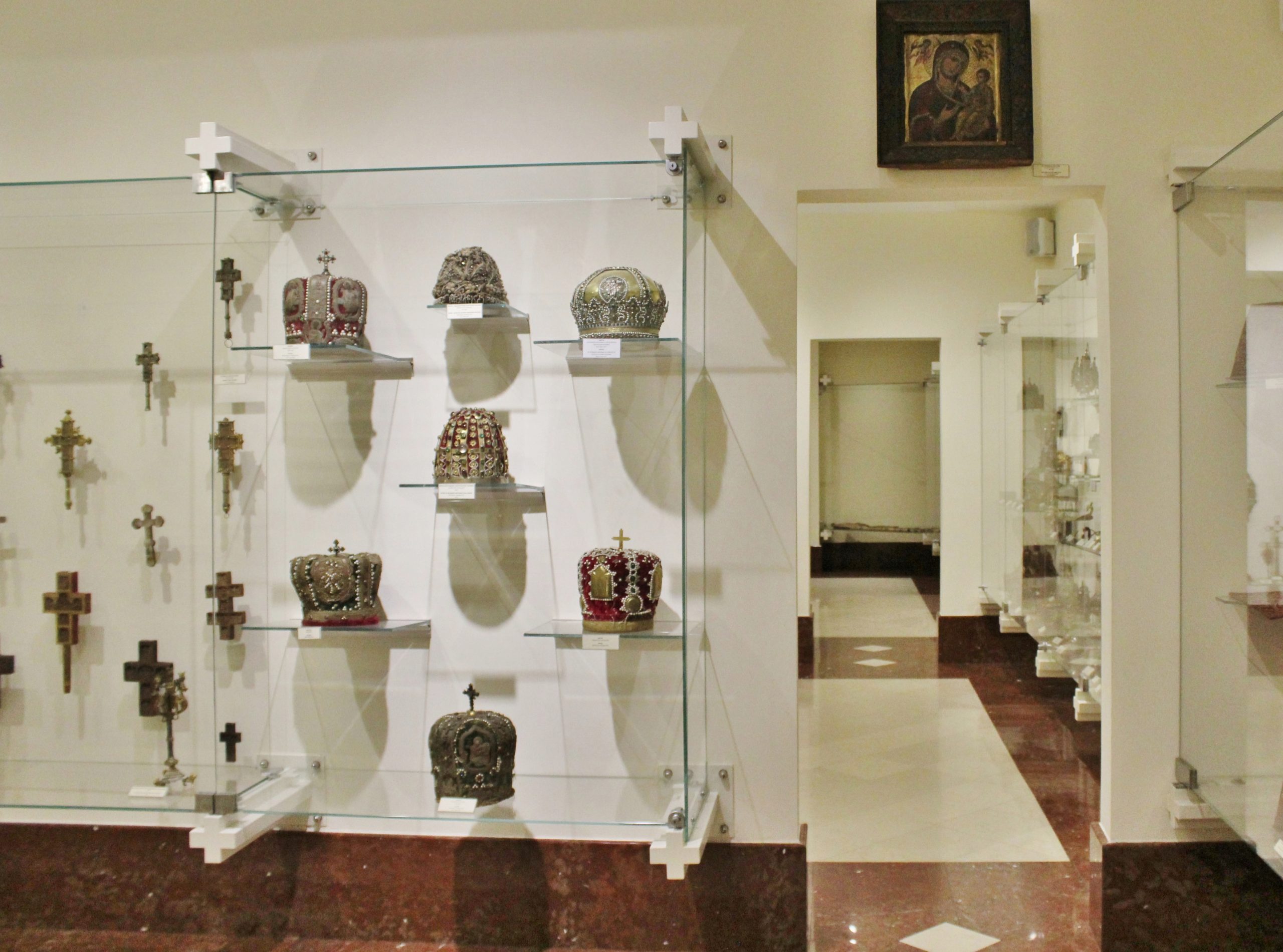
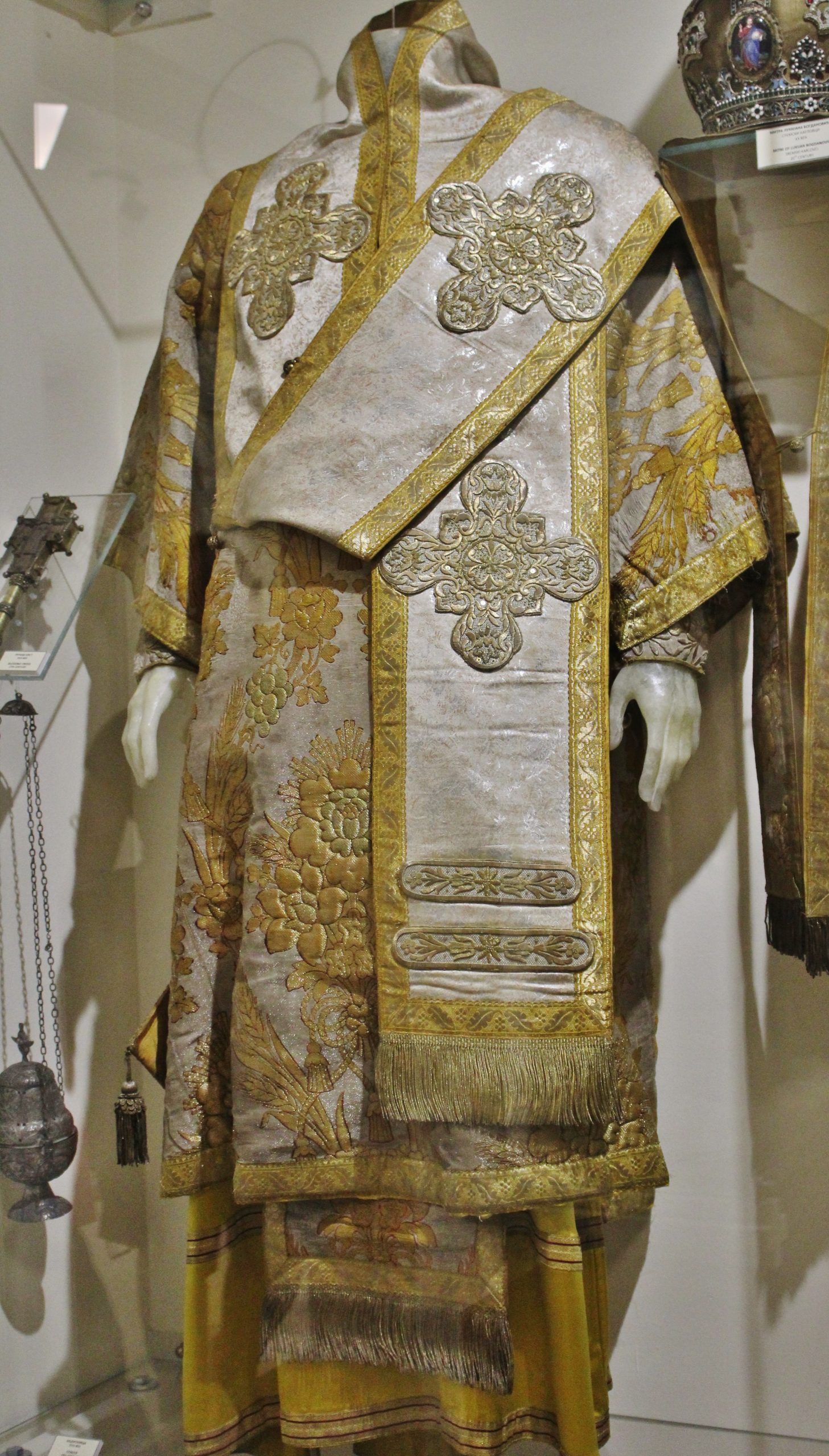
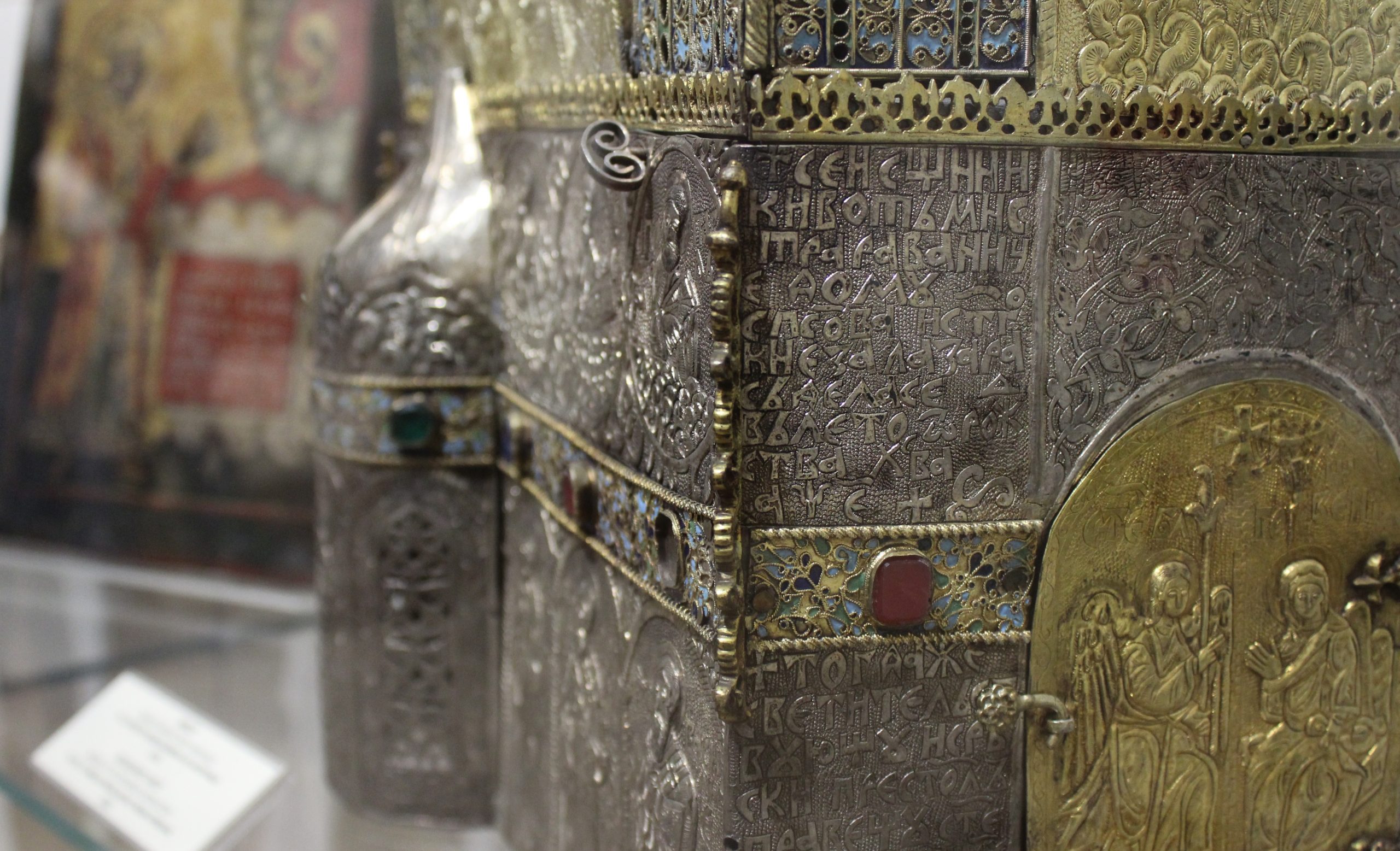



Pripremili: tim za multikonfesionalni Beograd

